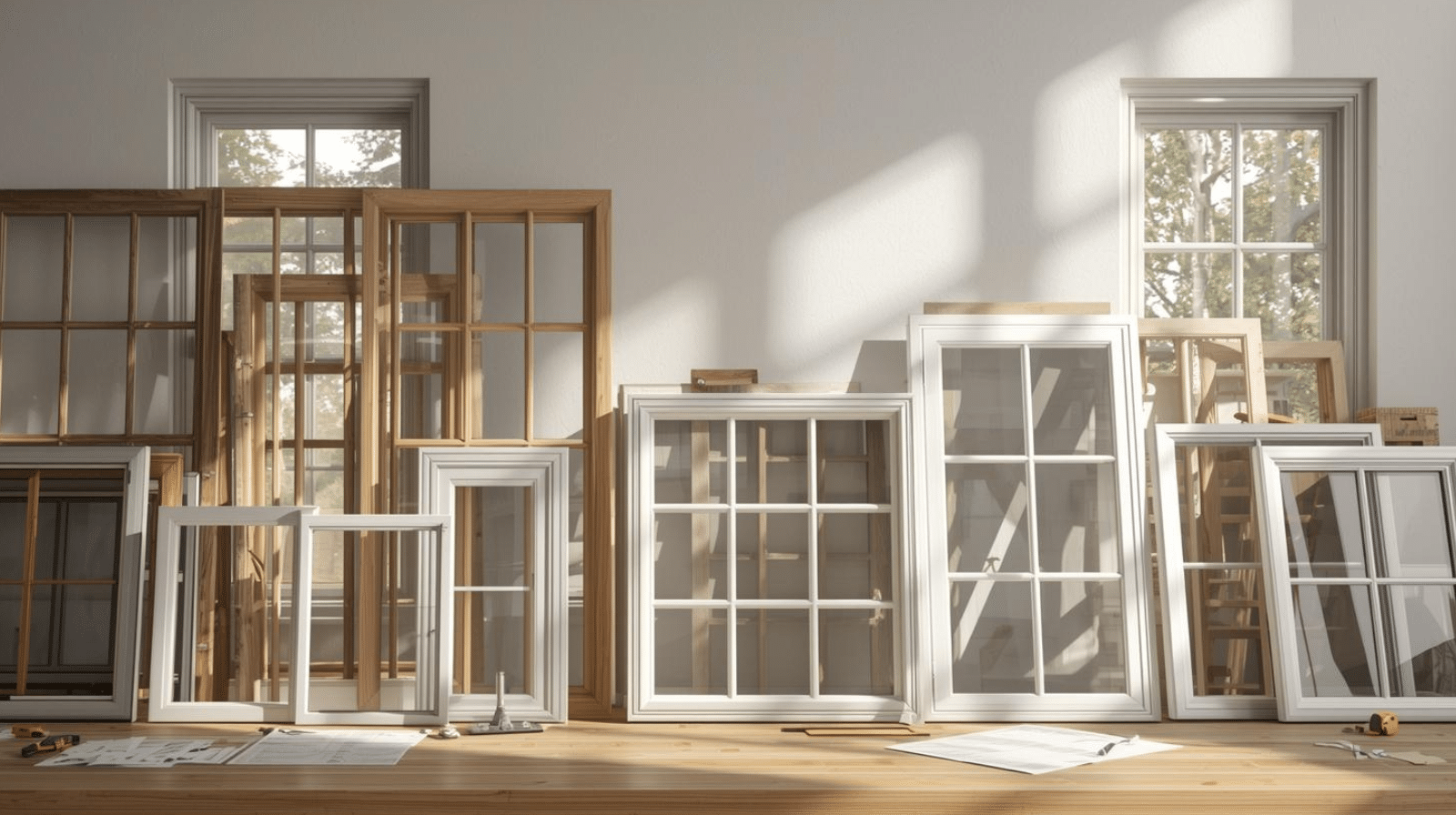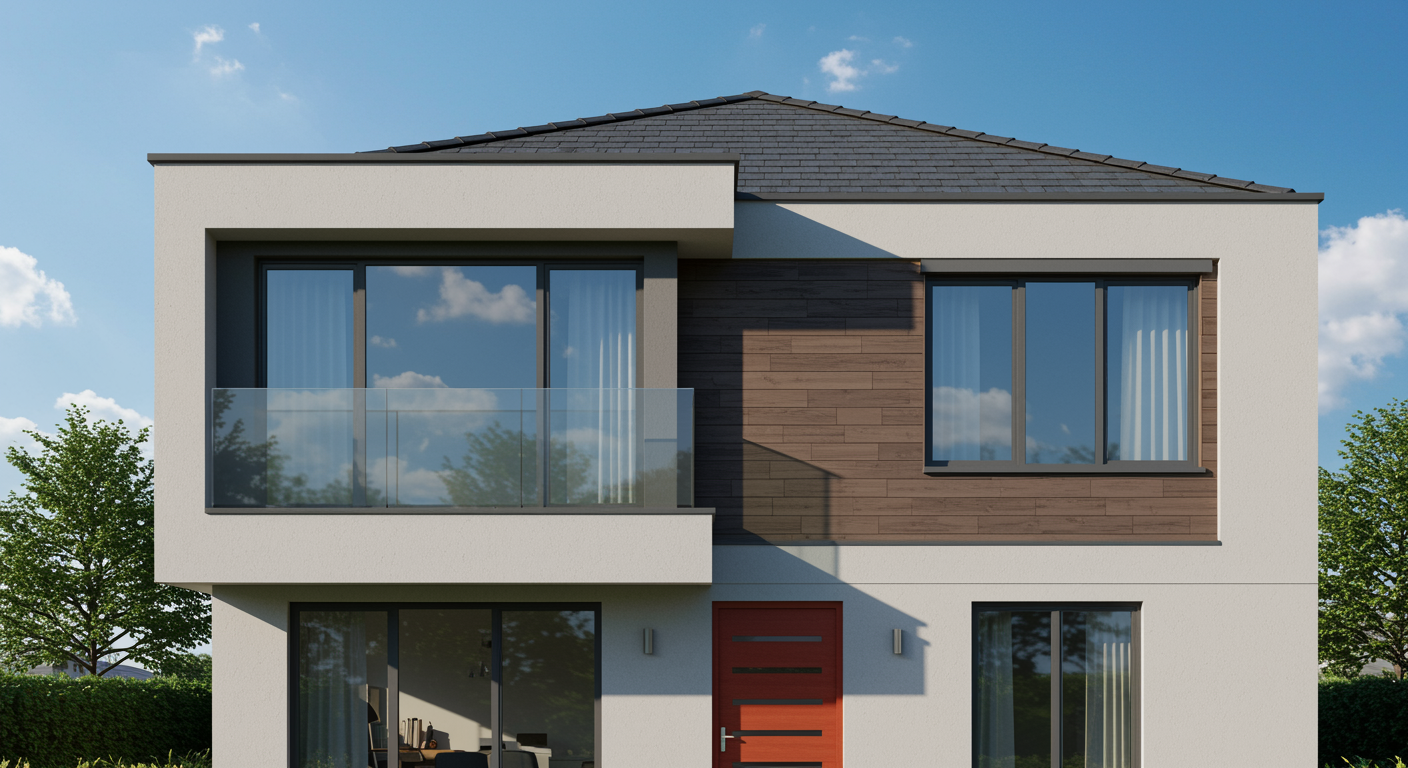Windows can drain your wallet in energy bills and make your home look tired.
Old, drafty windows also let in noise, making rooms uncomfortable. Many people put off this project because they worry about the cost of replacing windows.
But, well, knowing the expenses helps you plan better and avoid surprises. You can get quality windows without breaking the bank if you know what affects pricing.
This blog breaks down every factor that influences window replacement costs.
You’ll learn about material prices, labor fees, and how to use a window replacement cost estimator. Plus, you’ll also see tips to help you budget smartly for your project.
What Window Replacement Means
Window replacement isn’t one-size-fits-all.
There are two main types, and each affects your budget differently.
Full replacement means removing the entire window frame and sash. Contractors take out the old frame down to the studs, then install a completely new unit.
This method costs more but gives you a fresh start. It’s best when frames are rotting or damaged beyond repair.
Retrofit replacement keeps your existing frame intact.
The installer removes the old sash and glass, then fits new ones into the current frame. This approach saves money and time. But it only works if your frame is still in good shape.
Average Window Replacement Cost – What to Expect to Pay
Window replacement costs vary widely depending on several factors. But here are some realistic numbers to work with.
Most people spend between $300 and $1,000 per window for a complete replacement. This includes both the window unit and professional installation.
The national average sits around $650 per window.
Here’s what landowners can expect for different window types:
- Single-hung windows typically cost $200 to $600 per window installed
- Double-hung windows run from $400 to $800 each with installation
- Casement windows range between $500 and $1,200 per unit
- Bay or bow windows are pricier at $1,500 to $3,500 each
- Picture windows cost around $300 to $1,000 installed
- Slider windows fall in the $400 to $900 range
The total project cost depends on how many windows are replaced. A whole-house project with 10 windows might cost $5,000 to $10,000.
Some jobs cost more when people choose premium materials or have complex installation needs.
Labor makes up about 30% to 40% of the total cost. The rest goes to the windows themselves. Location also matters since labor rates differ by region. Urban areas tend to charge more than rural ones.
Keep in mind these are ballpark figures. Actual costs may be higher or lower depending on specific circumstances.
What Influences the Cost of Replacing Windows?
Several factors affect how much people pay for window replacement. Knowing these elements helps create a more accurate budget.
Here’s what makes the biggest difference in final costs.
1. Window Material
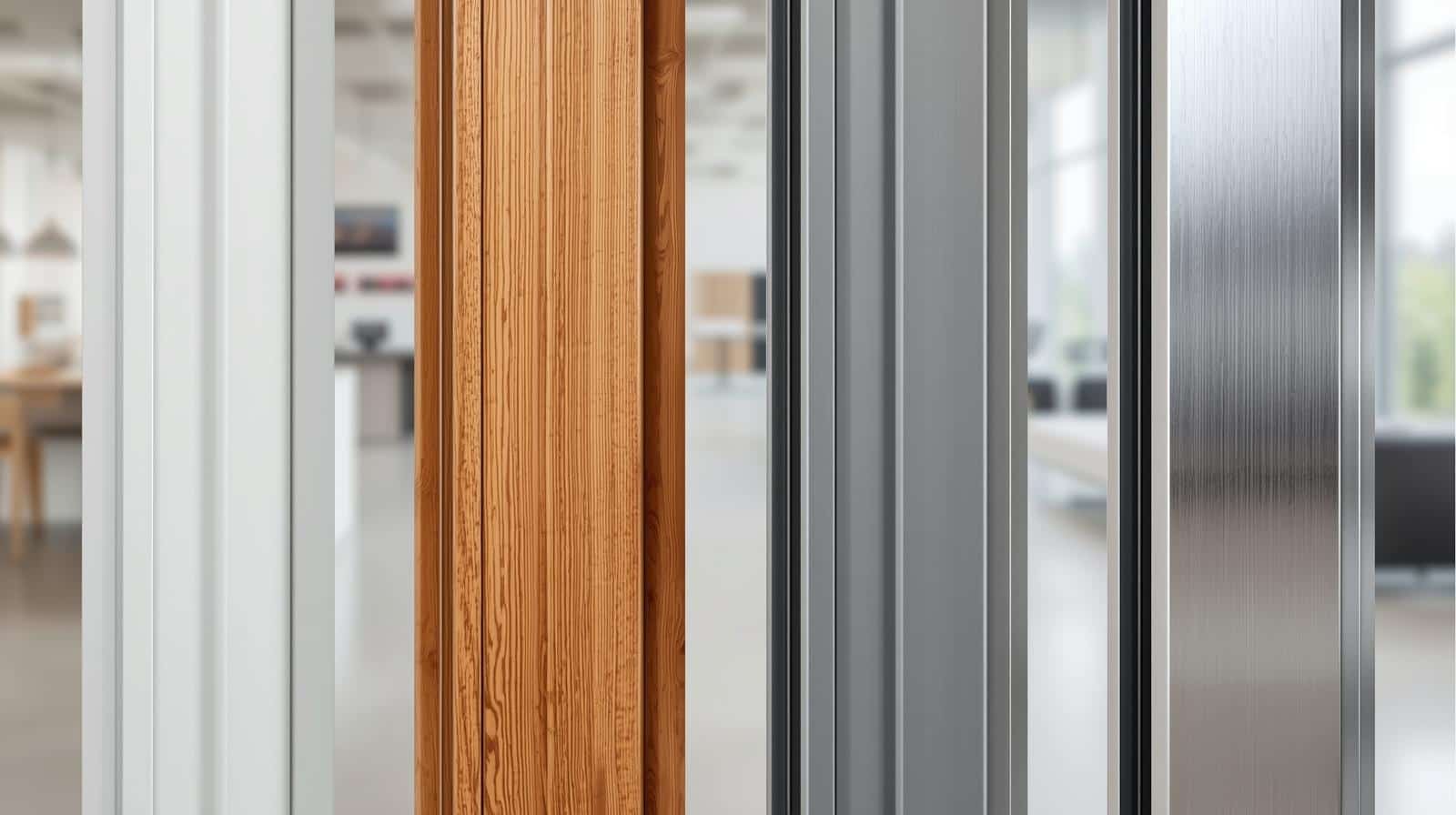
The frame material significantly impacts the price. Vinyl windows are the most affordable option, ranging from $100 to $850 per window.
Wood frames cost more, at $200 to $1,000, but offer classic appeal. Fiberglass and aluminum fall somewhere in between, each with different price points and benefits.
2. Window Size and Style
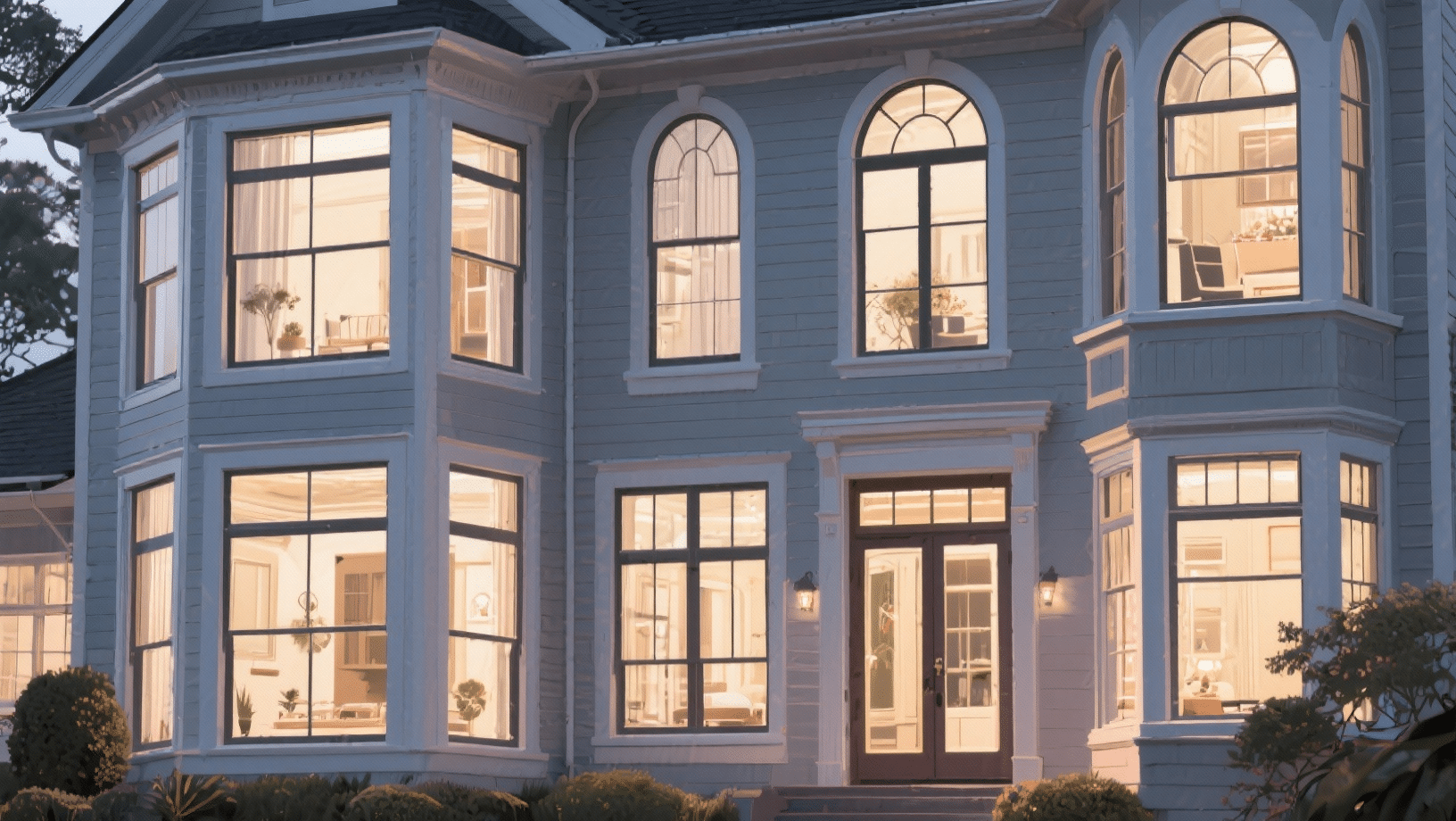
Larger windows naturally cost more than smaller ones. Standard sizes are cheaper because they’re mass-produced and easier to install.
Custom sizes require special orders and additional labor, which increases costs. Bay and bow windows also cost more due to their complex structure.
3. Glass Type and Features
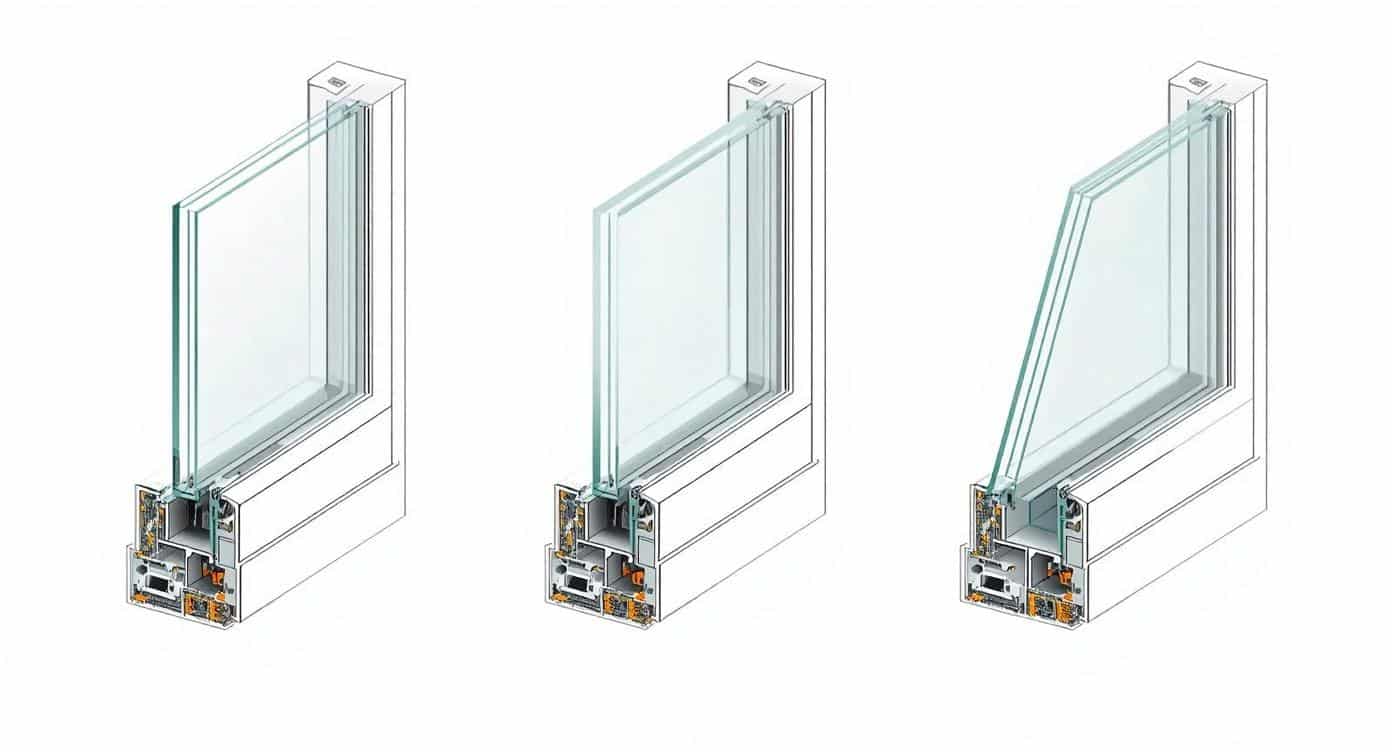
Basic single-pane glass is the cheapest option but offers poor insulation.
Double-pane and triple-pane windows cost more upfront but save money on energy bills. Special coatings like Low-E glass add to the price but improve efficiency.
Tempered or laminated glass for safety also increases costs.
4. Installation Complexity
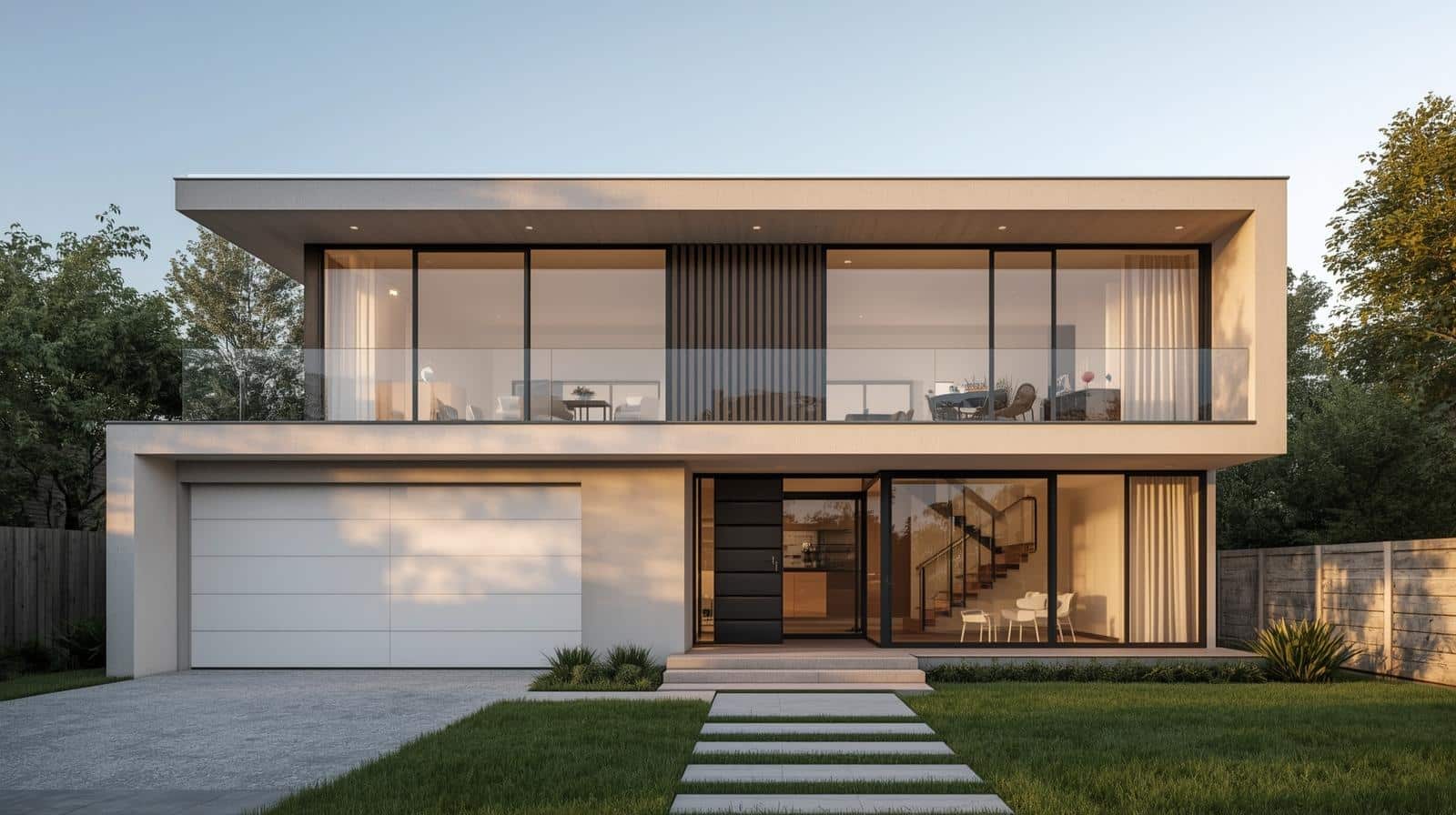
Simple window swaps cost less than full-frame replacements. Second-story windows require more equipment and time, raising labor costs.
Structural repairs or modifications add extra expenses. Homes with unusual architecture or hard-to-reach windows also face higher installation fees.
5. Labor Costs by Region
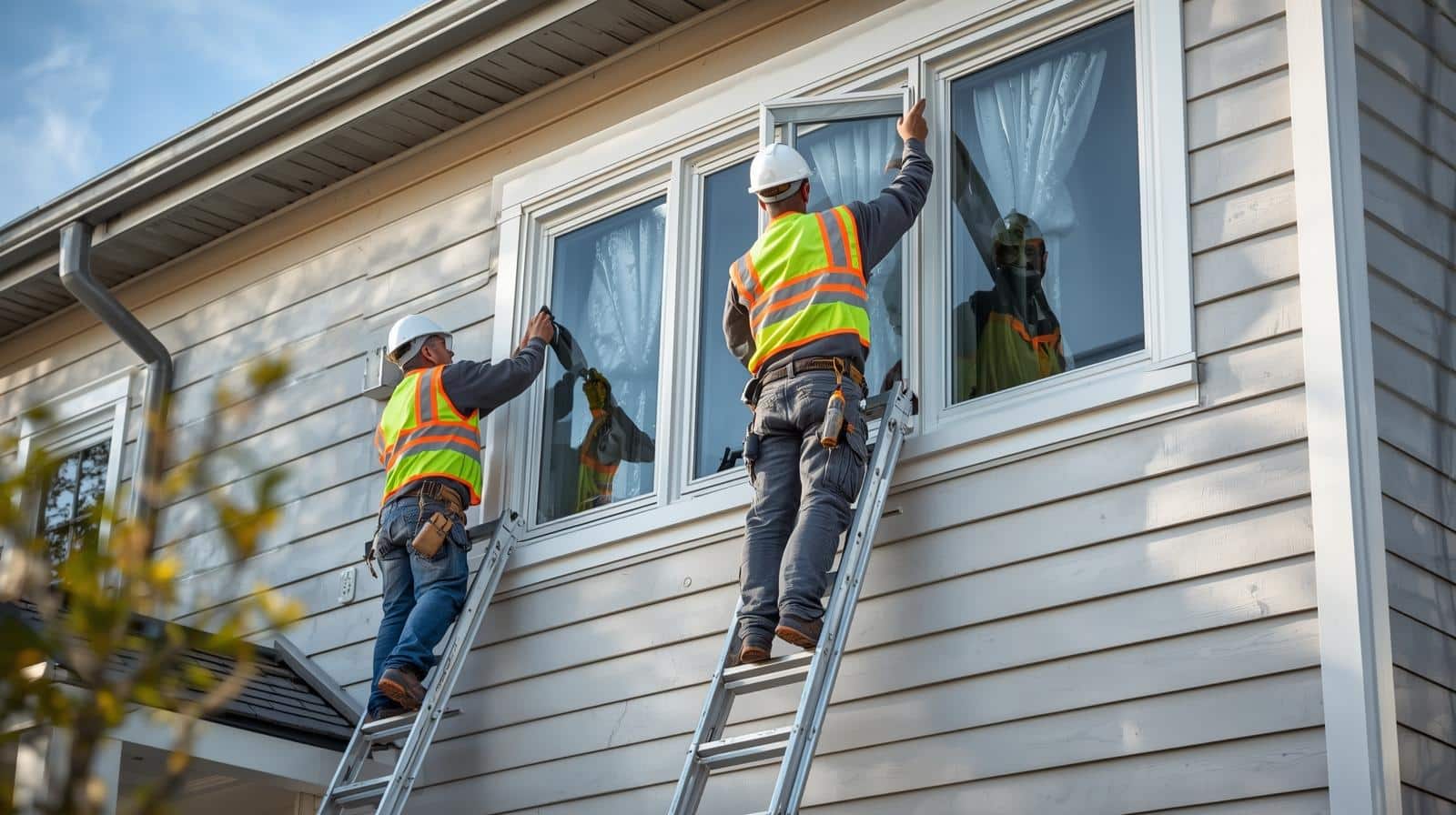
Installation rates vary widely across the country.
Cities with higher costs of living charge more for labor. Rural areas typically offer lower rates but might have fewer qualified installers.
Regional demand and competition among contractors also affect pricing.
6. Hidden Costs
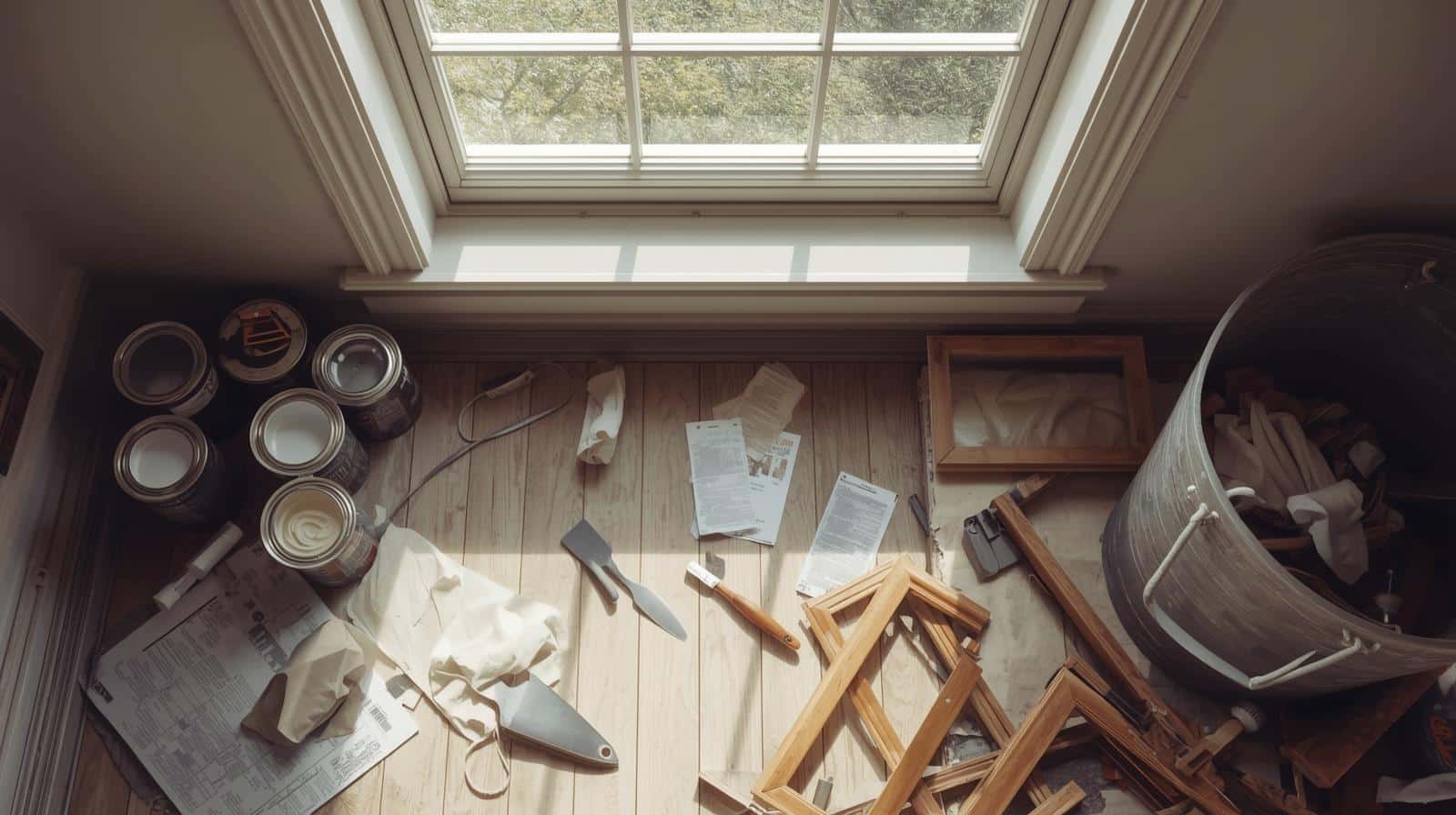
Permits and inspections can add $50 to $200 to the total project cost.
Contractors might find rotted wood or structural damage during removal, requiring unexpected repairs. Trim work, painting, and interior finishing after installation also create additional expenses.
Disposal fees for old windows sometimes apply, especially with larger projects.
How to Estimate and Budget for Your Project
Creating an accurate budget prevents surprises and helps people plan financially. Smart estimation involves gathering quotes and knowing all the expenses involved.
Here’s how to calculate the cost of replacing windows for any project.
1. Get Multiple Quotes – Contact at least three contractors for detailed estimates. Compare their pricing, materials, and warranty terms. This gives a realistic range for the project and helps identify fair pricing.
2. Use Online Calculators – A window replacement cost estimator provides quick ballpark figures. These tools factor in window type, size, and location. They’re helpful for initial planning before getting professional quotes.
3. Measure All Windows – Count every window that needs replacement and note its size. Standard sizes cost less than custom dimensions. Accurate measurements prevent ordering mistakes and budget overruns.
4. Add a Contingency Fund – Set aside 10% to 20% extra for unexpected issues. Hidden damage or structural repairs often surface during installation. This cushion keeps the project on track without financial stress.
5. Consider Financing Options – Many contractors offer payment plans or work with lenders. Home equity loans or lines of credit provide another route. Some energy-efficient windows qualify for tax credits or rebates that lower costs.
Return on Investment / Value Added
Window replacement offers solid returns beyond just comfort and curb appeal. New windows boost home value and attract buyers when it’s time to sell.
| Benefit Category | Value/Impact | Details |
|---|---|---|
| Resale Value Increase | 70% to 80% ROI | Landowners typically recoup $7,000 to $12,000 on a $10,000 window project when selling |
| Energy Savings | $125 to $465 annually | Energy-efficient windows reduce heating and cooling costs significantly over time. |
| Home Appeal | Higher buyer interest | New windows make homes show better and sell faster in competitive markets |
| Maintenance Costs | Lower long-term expenses | Modern windows need less upkeep and last 15 to 20 years with minimal repairs. |
| Insurance Benefits | Potential premium reductions | Impact-resistant windows may qualify for lower insurance rates in some regions. |
Wrapping it Up
The cost of replacing windows depends on materials, size, and installation complexity, but thoughtful planning makes it manageable.
Start by using a window replacement cost estimator to get initial figures, then collect quotes from local contractors.
Budget carefully and set aside extra funds for surprises. Remember, new windows aren’t just an expense, they’re an investment.
Lower energy bills, increased comfort, and higher home value make this project worthwhile.
Ready to get started? Contact contractors today and take the first step toward better windows.



